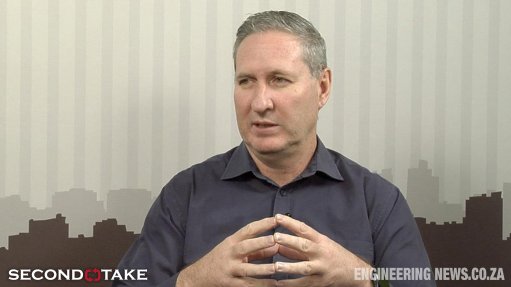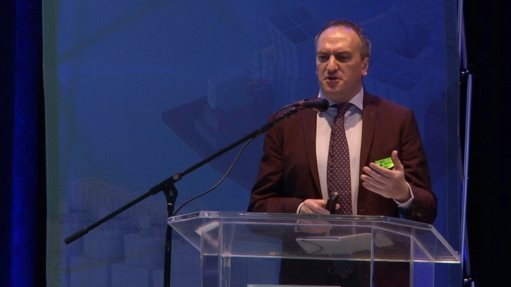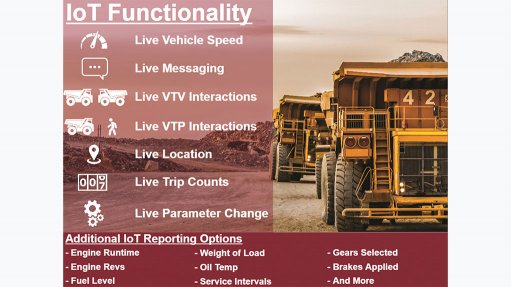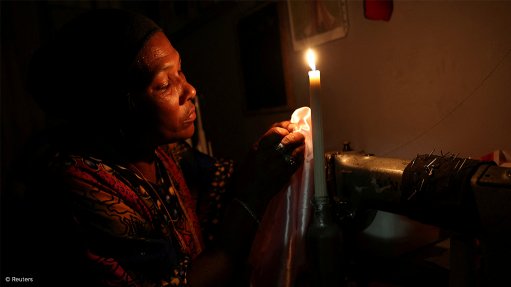Technology helps improve building industry sustainability

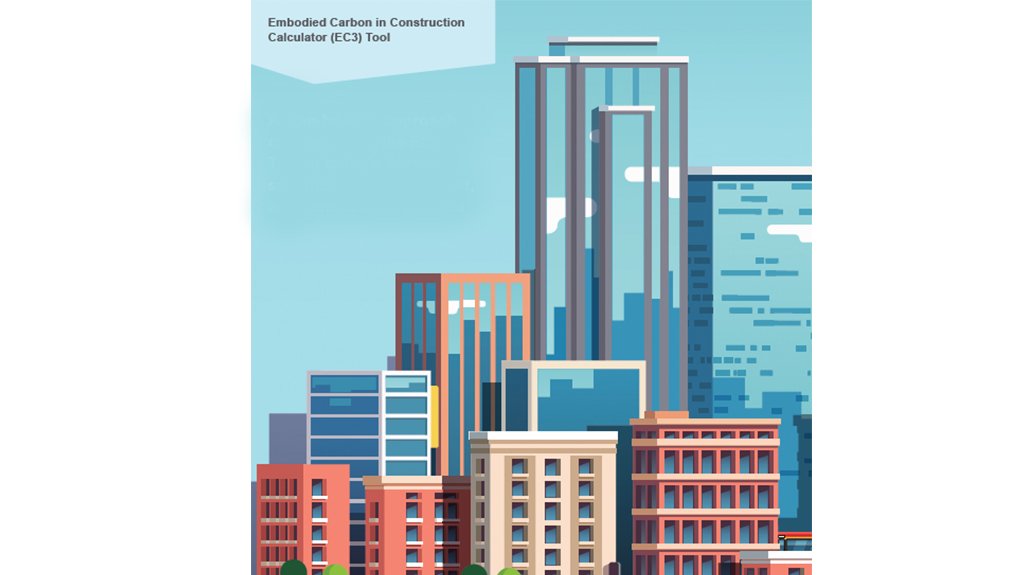
An open access Embodied Carbon in Construction Calculator is now available from RIB Software and Building Transparency
RIB Software, a multinational technology company providing solutions to the architecture, engineering and construction (AEC) industry, has partnered with Building Transparency, a non-profit organisation that has developed a free and open access tool targeted at reducing the impact of embodied carbon and making the AEC industry more efficient and sustainable.
Building Transparency’s premier technology solution is the Embodied Carbon in Construction Calculator (EC3). This tool houses a database of digital, third-party verified Environmental Product Declarations, or EPDs, which can be used to perform sustainability benchmarking and assessments.
This is particularly useful to construction material procurers, developers, contractors and policymakers. The tool allows for the measurement of the amount of embodied carbon within production materials and the evaluation of a project’s overall carbon emissions. The information can be used to procure low carbon material alternatives or, in the case of regulators, set embodied carbon limits and implement measures that will help to ensure the industry’s compliance and adherence to environmental, social and governance sustainable building practices. Through the sponsorship of various entities, such as RIB, Building Transparency’s EC3 tool remains free to use.
RIB notes that research shows that an estimated 38% of global energy consumption can be attributed to building and construction activities. While the processing of materials such as concrete is believed to contribute to as much as 6% of global carbon dioxide emissions. The high amounts of material waste that occur within the industry along with the need to rework construction structures is said to add to the inefficiencies.
“There is a need to actionably and urgently reduce the carbon footprint of the AEC industry. Knowledge is power, and integrating technology such as EC3 into the workings of the sector provides critical decision-makers with the tools and data needed to effectively evaluate and understand the true carbon footprint associated with their projects. Armed with this, they will be able to chart tangible targets and collectively help minimise the industry’s impact on the environment. We all have a role to play in building a more sustainable world,” says Building Transparency executive director Stacy Smedley.
“As RIB, having been at the forefront of innovation in the construction industry for over 60 years, our partnership with Building Transparency aligns closely with the purpose of enabling our customers to build in an environmentally and socially responsible manner. We cannot shy away from the fact that the long-term growth of the AEC industry is closely tied to sustainable practices. Transforming the way the sector plans, builds and operates buildings is our primary purpose,” concludes RIB chief revenue officer Andrew Skudder.
Comments
Announcements
What's On
Subscribe to improve your user experience...
Option 1 (equivalent of R125 a month):
Receive a weekly copy of Creamer Media's Engineering News & Mining Weekly magazine
(print copy for those in South Africa and e-magazine for those outside of South Africa)
Receive daily email newsletters
Access to full search results
Access archive of magazine back copies
Access to Projects in Progress
Access to ONE Research Report of your choice in PDF format
Option 2 (equivalent of R375 a month):
All benefits from Option 1
PLUS
Access to Creamer Media's Research Channel Africa for ALL Research Reports, in PDF format, on various industrial and mining sectors
including Electricity; Water; Energy Transition; Hydrogen; Roads, Rail and Ports; Coal; Gold; Platinum; Battery Metals; etc.
Already a subscriber?
Forgotten your password?
Receive weekly copy of Creamer Media's Engineering News & Mining Weekly magazine (print copy for those in South Africa and e-magazine for those outside of South Africa)
➕
Recieve daily email newsletters
➕
Access to full search results
➕
Access archive of magazine back copies
➕
Access to Projects in Progress
➕
Access to ONE Research Report of your choice in PDF format
RESEARCH CHANNEL AFRICA
R4500 (equivalent of R375 a month)
SUBSCRIBEAll benefits from Option 1
➕
Access to Creamer Media's Research Channel Africa for ALL Research Reports on various industrial and mining sectors, in PDF format, including on:
Electricity
➕
Water
➕
Energy Transition
➕
Hydrogen
➕
Roads, Rail and Ports
➕
Coal
➕
Gold
➕
Platinum
➕
Battery Metals
➕
etc.
Receive all benefits from Option 1 or Option 2 delivered to numerous people at your company
➕
Multiple User names and Passwords for simultaneous log-ins
➕
Intranet integration access to all in your organisation









